Havasu National Wildlife Refuge
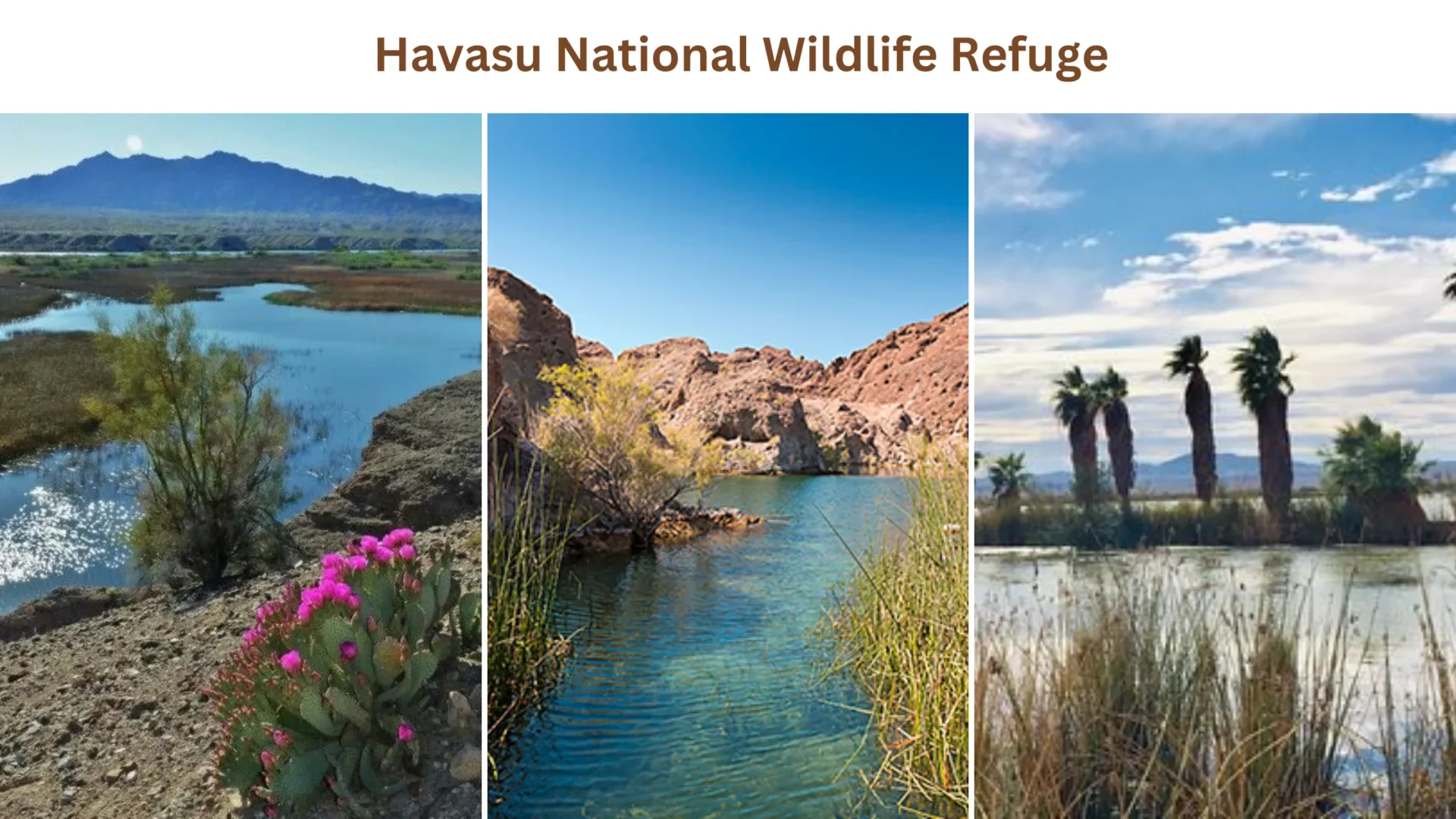
Havasu National Wildlife Refuge is a protected area in Arizona, USA, known for its diverse habitats and wildlife populations. Franklin D. Roosevelt established Havasu National Wildlife Refuge in 1941 via executive order to primarily serve as a refuge for migrating birds.
Havasu National Wildlife Refuge is home to a diverse range of wildlife, including birds like the southwestern willow flycatcher and desert bighorn sheep, all dependent on the life-giving waters that the lower Colorado River provides.
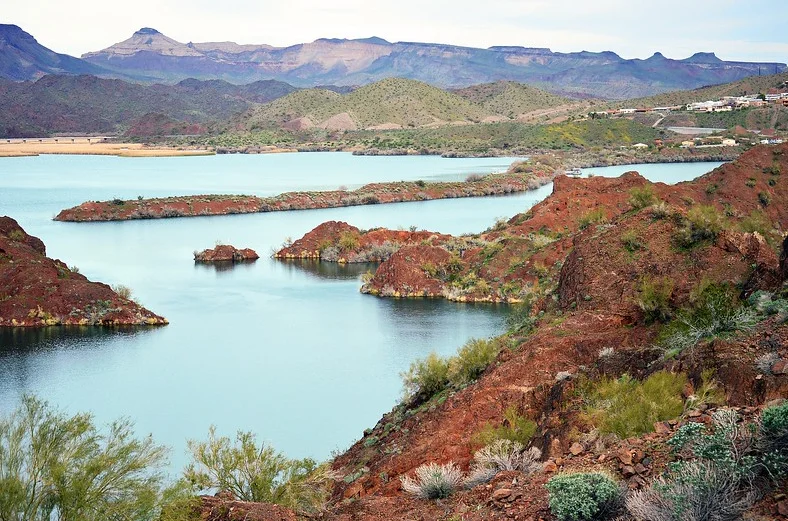
A large river is a powerful magnet in a hot, arid region, drawing in various animals and humans. These days, the Refuge attracts tens of thousands of tourists yearly who come to kayak through Topock Gorge, see waterfowl in Topock Marsh, and trek across Havasu Wilderness. The coexistence of humans and wildlife in these recreational areas is delicate. Never forget that we are visitors to the territory of the native animals and flora of the lower Colorado River.
Birdwatching At Havasu National Wildlife Refuge
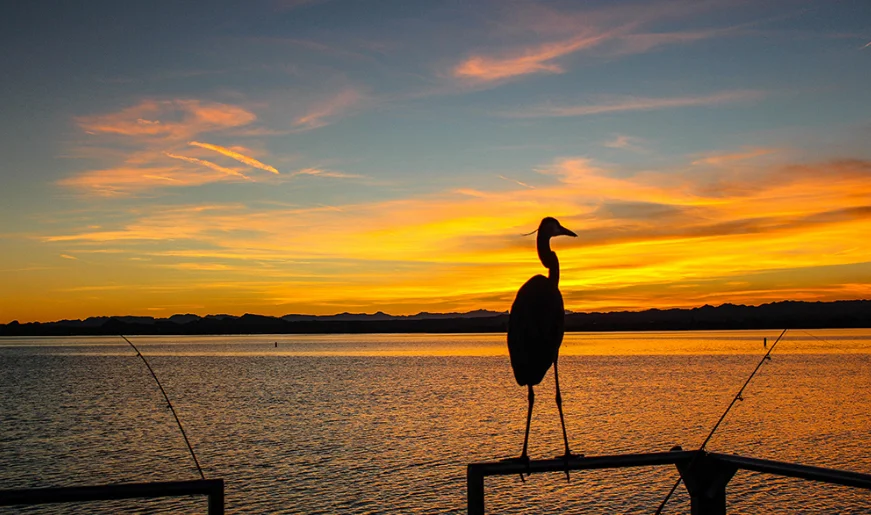
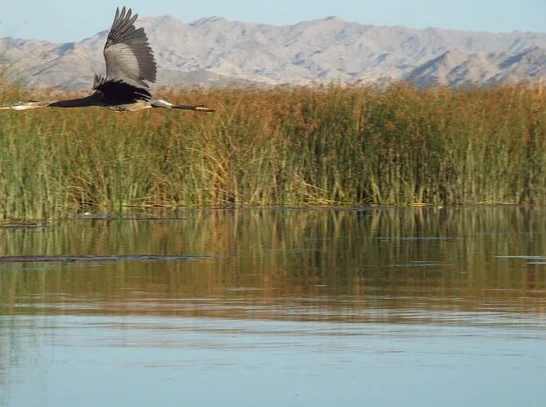
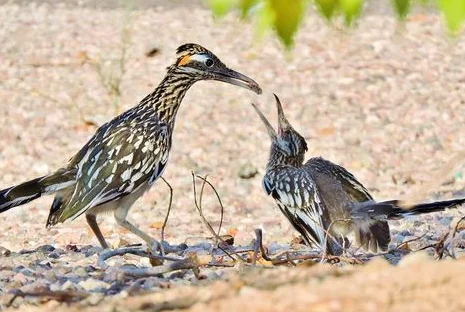
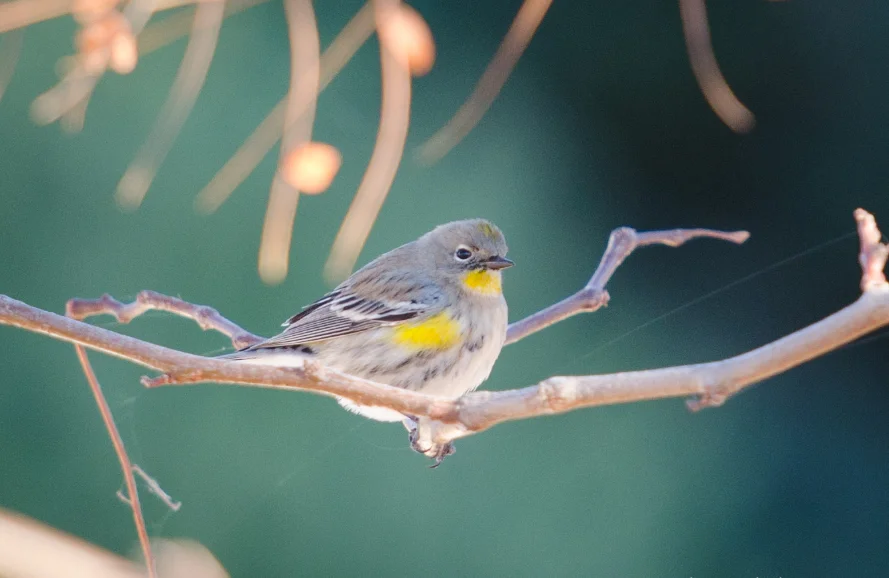
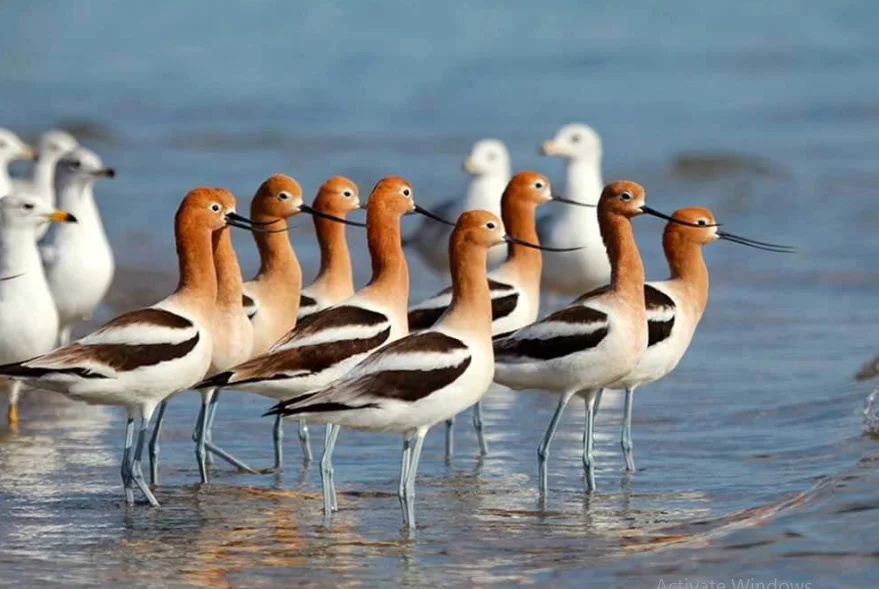
Birds thrive in wetlands and along Colorado River beaches. Havasu NWR protects wildlife in an overpopulated area. Havasu National Wildlife Refuge in Arizona is a popular spot for birdwatchers due to its location on the Colorado River. Yuma clapper rails, southwestern willow flycatchers, peregrine falcons, and southern bald eagles are rare species that make their home in this Refuge.
Those interested in birds can take pleasure in spotting these unique species and learning about the various ecosystems home to so many birds. A comprehensive list of the avian species seen in Havasu NWR may be found in the Refuge’s bird list, which can help visitors make the most of their birdwatching time. The abundant avian population in the Havasu region can be observed and studied in the Refuge.
Hunting At Havasu National Wildlife Refuge
Hunting is permitted in some places and during certain times of the year at Arizona’s Havasu National Wildlife Refuge. Ducks, geese, and coots can all be shot while participating in waterfowl hunting. Licenses are necessary, and hunters must follow the rules set forth by the sanctuary. The Refuge is a one-of-a-kind place where hunters may get out and enjoy the great outdoors while also helping to protect native species.
Trails At Havasu National Wildlife Refuge
One-third of the Refuge, or 17,606 acres, is protected as wilderness thanks to the California Desert Protection Act of 1994, the Arizona Desert Wilderness Act of 1990, and the Wilderness Act of 1964. Hikers who come here with the right gear can enjoy the peaceful desert beauty of this environment. Water is the first requirement. Everyone and everything has figured out how to survive in the desert. In wet seasons, cacti can draw on their stored water.
You must remember to remove all your waste from the wilderness after leaving. On grounds managed by the National Wildlife Refuge System, collecting or introducing any new species of plant or animal, rock, object of antiquity, archaeological resource, mineral, or fossil is illegal. There needs to be motorized vehicle access to the wilderness region. Vehicles of any kind, equines, and pack animals are not allowed.
Hiking At Havasu National Wildlife Refuge
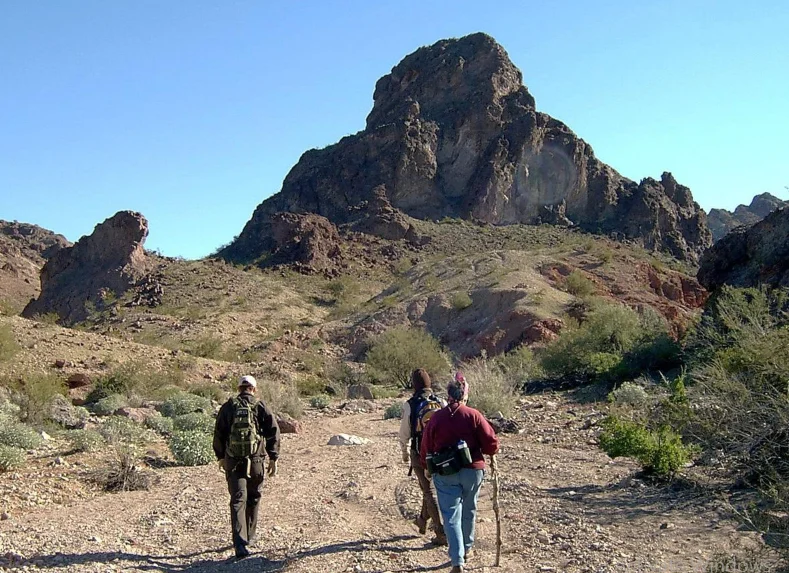
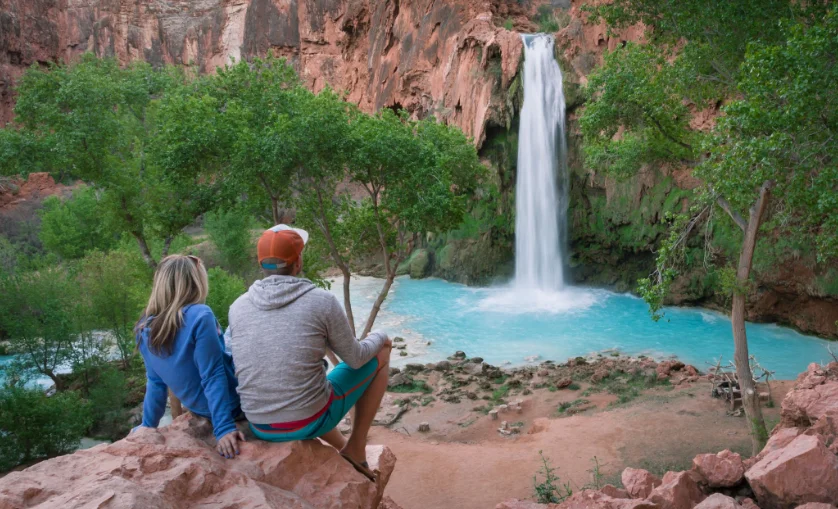
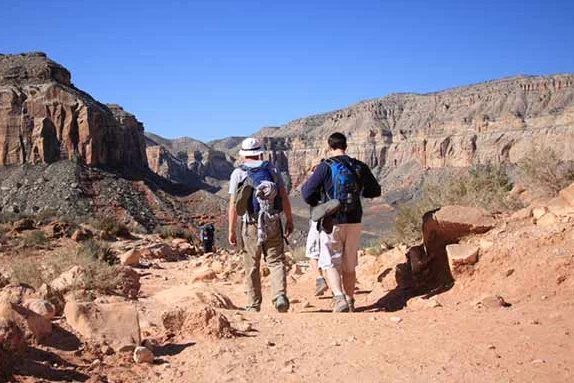
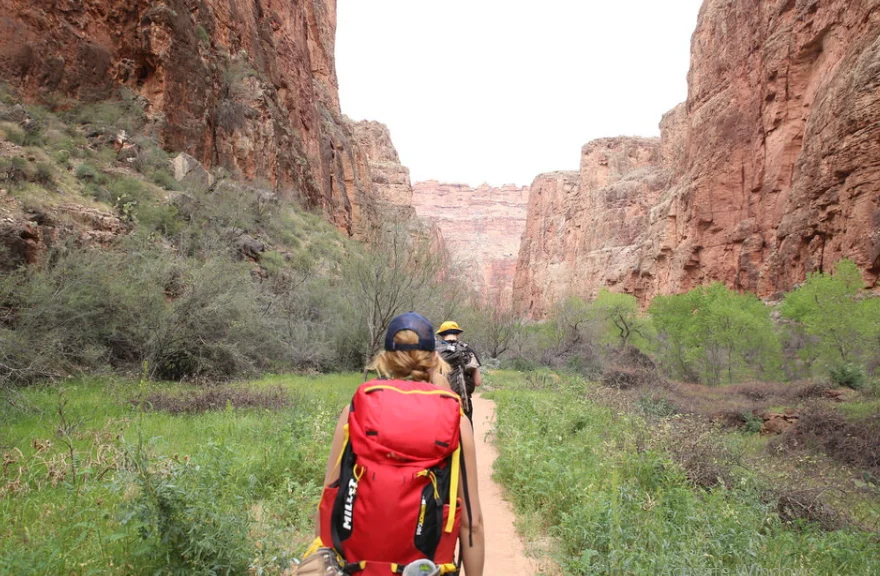
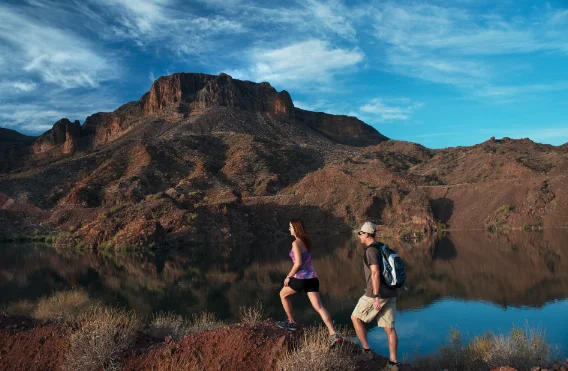
Hiking trails in Arizona’s Havasu National Wildlife Refuge are among the most beautiful. The Refuge offers several hiking routes due to the wide range of ecosystems, from marshes and desert washes to riverbanks and woodlands. Hikers can explore a diverse ecosystem; soak up stunning scenery, and spot native species. Be aware of the endangered ecosystem, stay on designated trails, and obey refuge laws. Havasu National Wildlife Refuge hiking trips are a great way to go outside and connect with nature.
Address: 317 Mesquite Ave, Needles, CA 92363, United States
Open–Closes: 7 am -3:30 pm
Phone: +1 760-326-3853
Area: 151.8 km²
Established: 1941
Management: U.S. Fish and Wildlife Service
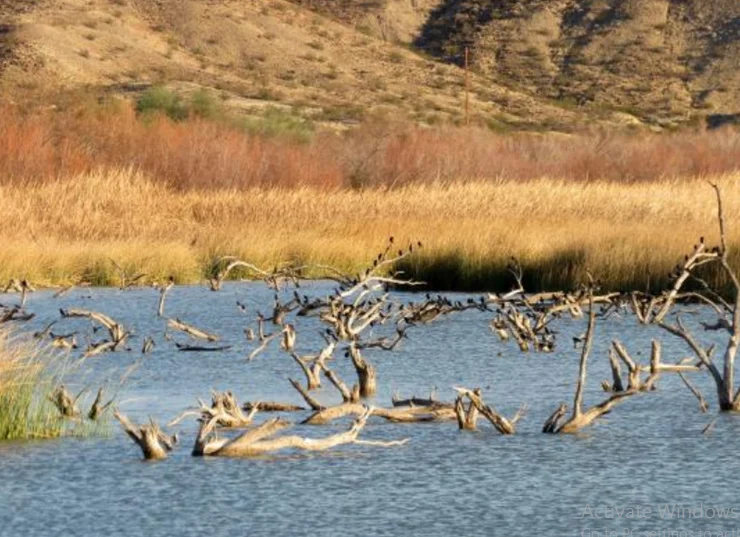

You must be logged in to post a comment.